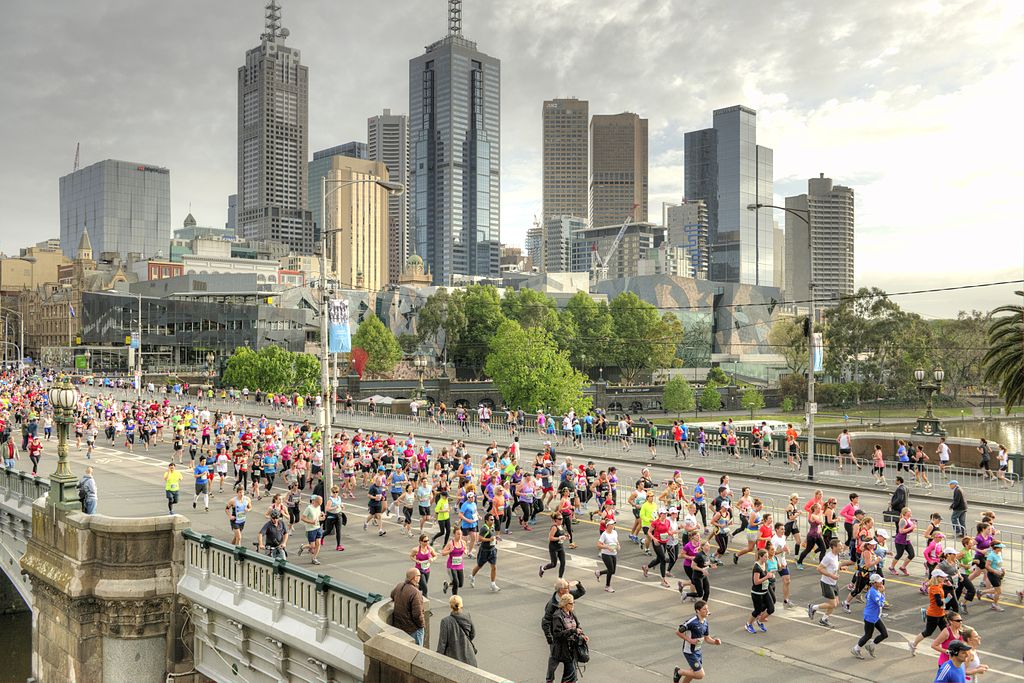Recently I read with interest a paper by Roper et al (2016) which looked at whether changing the strike pattern of runners with patellofemoral pain (i.e. knee cap pain) from a heel to a forefoot strike would be effective. They made the change over 2 weeks and followed runners up a month later as well. 16 runners with patellofemoral pain were randomised to either change to a forefoot strike pattern or continue with the same heel strike they normally ran with. Although there were only 8 runners in each group, the findings were interesting.
Roper et al’s conclusion was clear:
“Findings suggest running with a forefoot strike pattern leads to reduced knee pain, and should be considered a possible strategy for management of patellofemoral pain in recreational runners.”
This conclusion is appropriate but I recommend caution. Firstly we know from previous reviews I have completed with my team at La Trobe that changing strike pattern reduces load on the knee. However, it also increases load on the foot and ankle.
It is clear that ankle loading increases when a group of runners with patellofemoral pain convert to a forefoot strike. Does that mean they might develop other injuries? Read the following and decide:
“There were no significant adverse events that occurred in either group.”
“Subjects in the experimental group reported calf soreness during the retraining phase. However, this subsided by session six for all of the subjects in the group.”
“Two subjects in the experimental group (25%) reported ankle soreness associated with the new running gait at the one-month follow-up. Subjects described it as an ache that quickly subsided after they discontinued running.”
To me, the final quote sounds a lot like patellofemoral pain in its early stages, but this time likely to be ankle irritation due to a shift of load. So for me the clear message from this study is that changing strike pattern can help runners with patellofemoral pain but caution is needed.
Importantly, we do not want to cause another injury with changing running technique and perhaps our focus would be better on addressing things like coaching runners to reduce things like overstride and improving hip and pelvis control. This is surely safer (at least in the short term) than a big change like changing from a heel strike to a forefoot strike.
Thanks for reading and please share your thoughts below or on social media.


